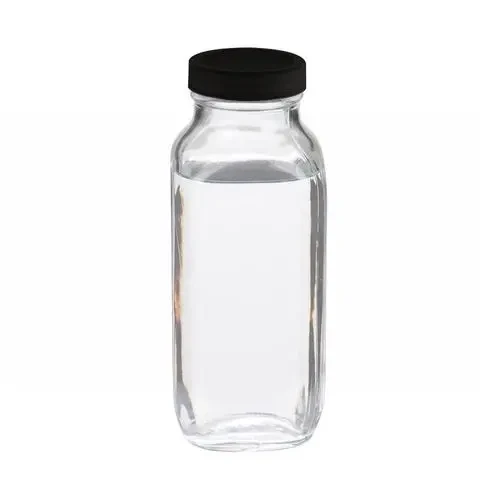Types of Coagulants in Water Treatment
Water treatment is a vital process aimed at removing impurities and ensuring that water is safe for consumption and other uses. One of the critical steps in this process is coagulation, which involves the aggregation of particles in water to form larger clusters, known as flocs. This process helps to remove suspended solids, pathogens, and other contaminants efficiently. Various coagulants are used in water treatment, each with distinct properties and applications. This article delves into the main types of coagulants employed in water treatment and their mechanisms of action.
1. Aluminum-Based Coagulants
Aluminum sulfate, commonly known as alum, is one of the most widely used coagulants in the water treatment industry. When alum is added to water, it dissociates into aluminum ions, which neutralize the negative charges on particulate matter. This neutralization leads to the aggregation of particles and the formation of larger flocs that can be easily removed through sedimentation and filtration.
Apart from aluminum sulfate, other aluminum-based coagulants include polyaluminum chloride (PAC), which offers improved performance at lower doses. PAC can operate across a broader pH range and is especially effective in treating water with varying turbidity levels.
2. Iron-Based Coagulants
Iron-based coagulants, such as ferric chloride and ferrous sulfate, are alternative coagulants that can be used in water treatment. These coagulants work similarly to aluminum-based ones but utilize iron ions to promote coagulation. Ferric chloride, for instance, is highly effective in removing organic matter and colloidal particles. It is often preferred in situations where water has high concentrations of suspended solids or organic compounds.
Iron coagulants also provide the added benefit of enhancing the removal of phosphorus from water, making them suitable for wastewater treatment applications where nutrient removal is crucial
.types of coagulants in water treatment pdf

3. Organic Coagulants
Organic coagulants, such as polyacrylamides and chitosan, have emerged as effective alternatives to traditional inorganic coagulants. These substances operate differently; they often involve charge neutralization and bridging mechanisms to trap and aggregate particles. One of the advantages of organic coagulants is that they can perform well in a variety of water quality conditions without significantly impacting the water’s chemistry.
For instance, chitosan, derived from chitin (a natural polymer), is biodegradable and environmentally friendly, making it a suitable option for sustainable water treatment practices.
4. Natural Coagulants
Natural coagulants derived from plant or animal sources, such as Moringa oleifera seeds or okra extracts, have gained attention in recent years due to their eco-friendly nature. These coagulants are often less toxic and biodegradable, making them attractive for small-scale or rural water treatment systems. They can effectively reduce turbidity and improve water quality without introducing harmful chemicals.
Conclusion
The choice of coagulant in water treatment depends on various factors, including the specific characteristics of the water being treated, regulatory requirements, and cost considerations. Aluminum and iron-based coagulants are widely used due to their effectiveness and reliability. However, the growing demand for sustainable and environmentally friendly solutions has led to increased interest in organic and natural coagulants. Continuous research and development in this field are essential to improve water treatment processes and adapt to the challenges posed by emerging contaminants and changing environmental conditions. By understanding the different types of coagulants and their mechanisms, water treatment professionals can optimize procedures to ensure safe and clean water for all.

